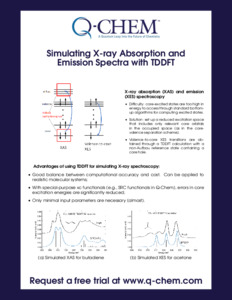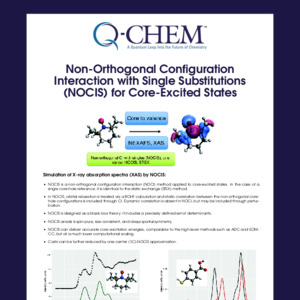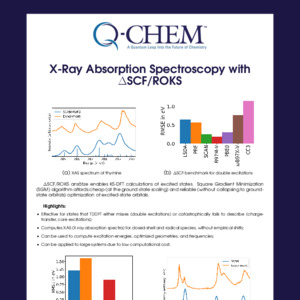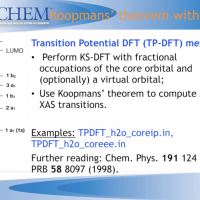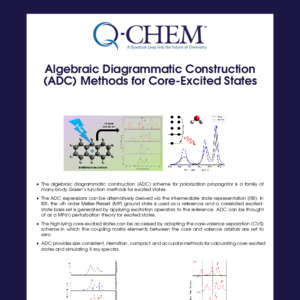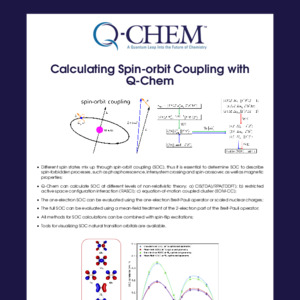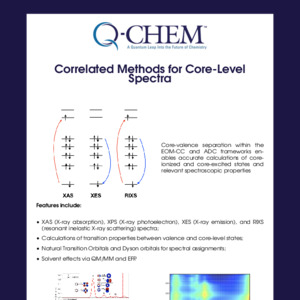Simulating X-ray Absorption and Emission Spectra with TDDFT
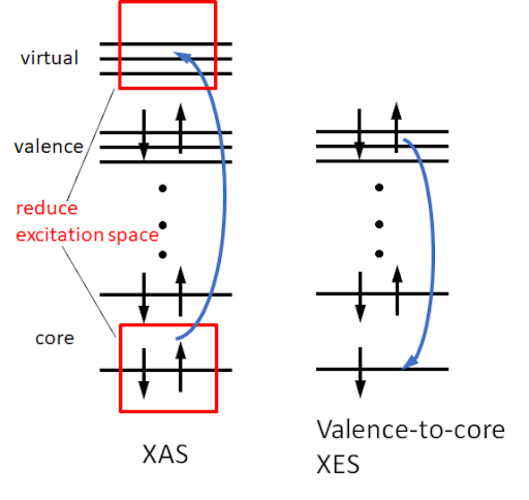
X-ray absorption (XAS) and emission (XES) spectroscopy
-
Difficulty: core-excited states are too high in energy to access through standard bottom-up algorithms for computing excited states.
-
Solution: set up a reduced excitation space that includes only relevant core orbitals in the occupied space (as in the core-valence separation scheme).
-
Valence-to-core XES transitions are obtained through a TDDFT calculation with a non-Aufbau reference state containing a core hole.
Advantages of using TDDFT for simulating X-ray spectroscopy:
-
Good balance between computational accuracy and cost. Can be applied to realistic molecular systems;
-
With special-purpose xc functionals (e.g., SRC functionals in Q-Chem), errors in core excitation energies are significantly reduced;
-
Only minimal input parameters are necessary (almost).
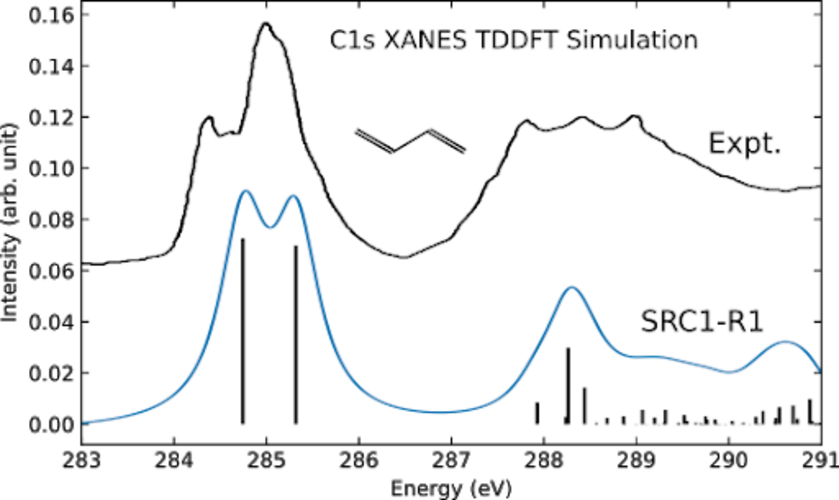 Simulated XAS for butadiene
Simulated XAS for butadiene
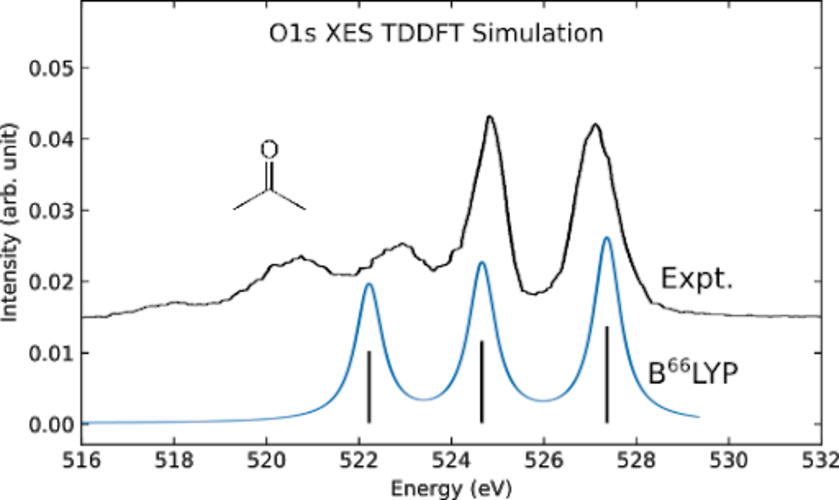 Simulated XES for acetone
Simulated XES for acetone
Want to try Q-Chem?
